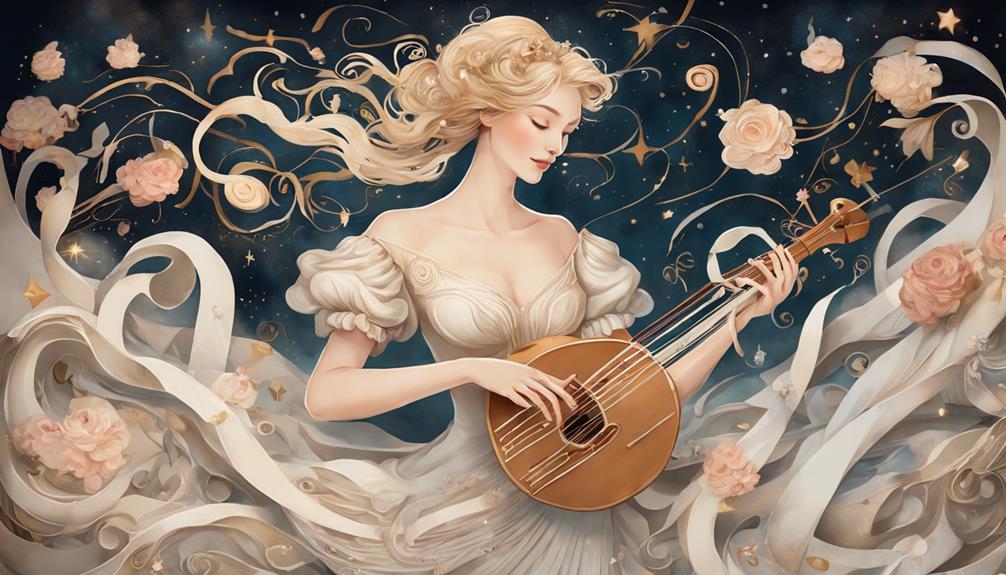As you commence on this odyssey through odes, you’ll discover a world of lavish language, where poets like Sappho and Pindar have woven tapestries of ornate words to evoke emotions and create vivid imagery. Themes of tribute and adoration permeate every line, elevating subjects to pedestals of admiration. Figurative language and poetic devices work in harmony to create an immersive experience, exalting the mundane to sublime heights. As you journey deeper, you’ll uncover the secrets behind this esteemed poetic form, and the ways in which it continues to inspire and captivate audiences to this day, whispers of which await you just ahead.
The Ancient Roots of Odes
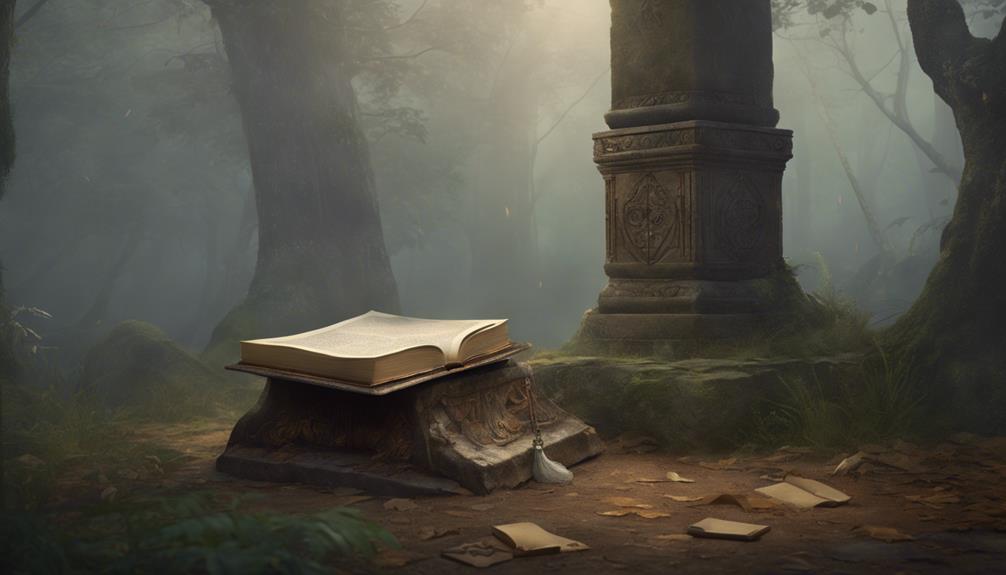
As you explore the origins of odes, you’ll discover that this esteemed poetic form has its roots firmly planted in ancient Greece, where it flourished in the works of legendary poets like Sappho and Pindar. The Ancient Greek influence on odes is undeniable, with these masterful poets elevating the form to new heights. In ancient Greece, odes were an integral part of cultural and religious ceremonies, praising gods, athletes, and notable figures. This cultural significance is evident in the works of Pindar, who penned odes to celebrate athletic victories in ancient Greece. His odes not only showcased his mastery of the form but also highlighted the importance of athletic achievements in ancient Greek society. The fusion of poetry and culture in ancient Greece laid the groundwork for the ode’s enduring appeal, making it a timeless and revered poetic form. As you explore further into the world of odes, you’ll find that the ancient Greek influence continues to resonate, informing the cultural significance of this esteemed poetic form.
Language of Lavishness
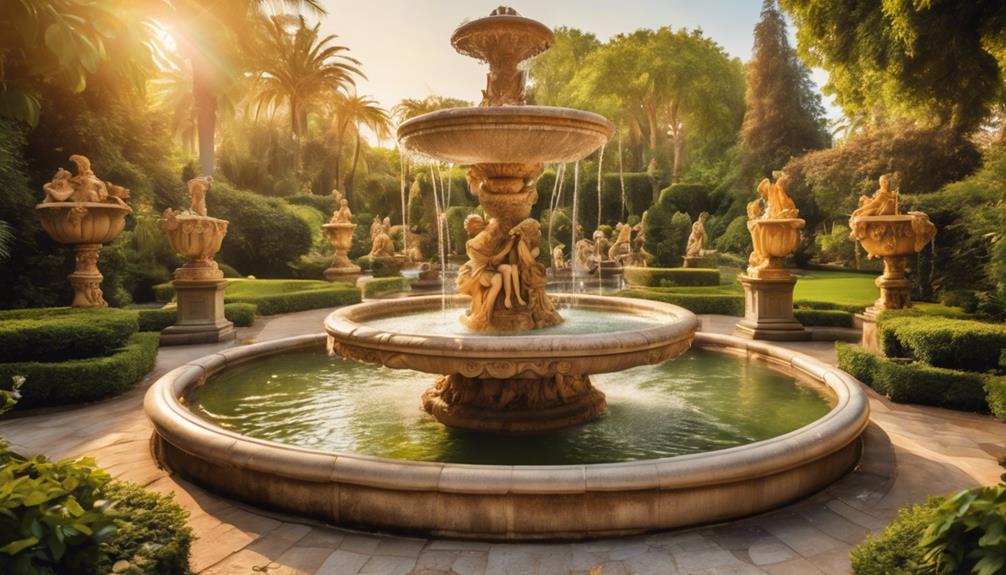
With each meticulously crafted stanza, odes reveal a tapestry of ornate language, inviting you to immerse yourself in their sumptuous vocabulary, majestic rhythms, and elaborate metaphors, all of which converge to create an atmosphere of lavishness that enhances the poetic experience.
As you explore the world of odes, you’ll uncover a luxurious lexicon that’s intentionally chosen to evoke emotions and create vivid imagery. The ornate ornamentation of language is a hallmark of odes, with poets carefully selecting words that shine like precious gems, adding depth and complexity to the poetic narrative. The rich, figurative language not only captivates your senses but also encourages you to engage in the poetic experience, drawing you into a world of beauty and wonder. Through their lavish use of language, odes establish an atmosphere that’s both intimate and expansive, allowing you to connect with the poem on a profound level.
Themes of Tribute and Adoration
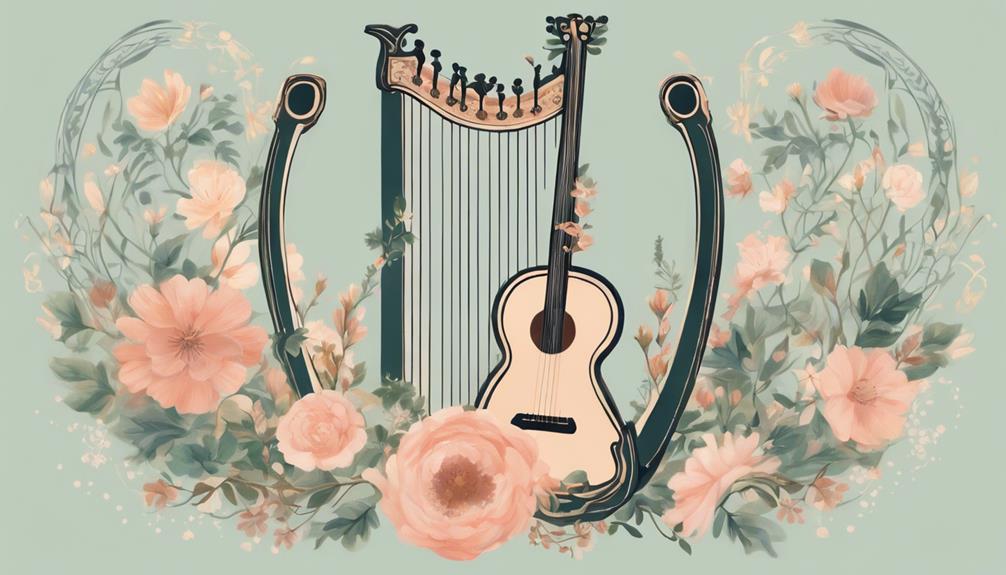
Upon entering the domain of odes, you’ll discover that they often pay tribute to their subjects, elevating them to a pedestal of admiration, where the poet’s reverence and adoration shine brightly. This reverence is often characterized by a sense of sacred reverence, where the subject is regarded with an almost divine quality. The poet’s words become an act of Divine worship, elevating the subject to a sphere of perfection.
As you explore deeper into the world of odes, you’ll notice that this worshipful tone permeates every line, every stanza. The poet’s language becomes a form of devotion, a declaration to the subject’s grandeur. This adoration is not limited to the subject itself, but also extends to the emotions and ideas it evokes. The poet’s reverence becomes a reflection of their own awe and wonder, as they strive to capture the essence of their subject. Through this sacred reverence, the poet creates a sense of intimacy, drawing the reader into the sphere of their adoration.
Figurative Language in Odes
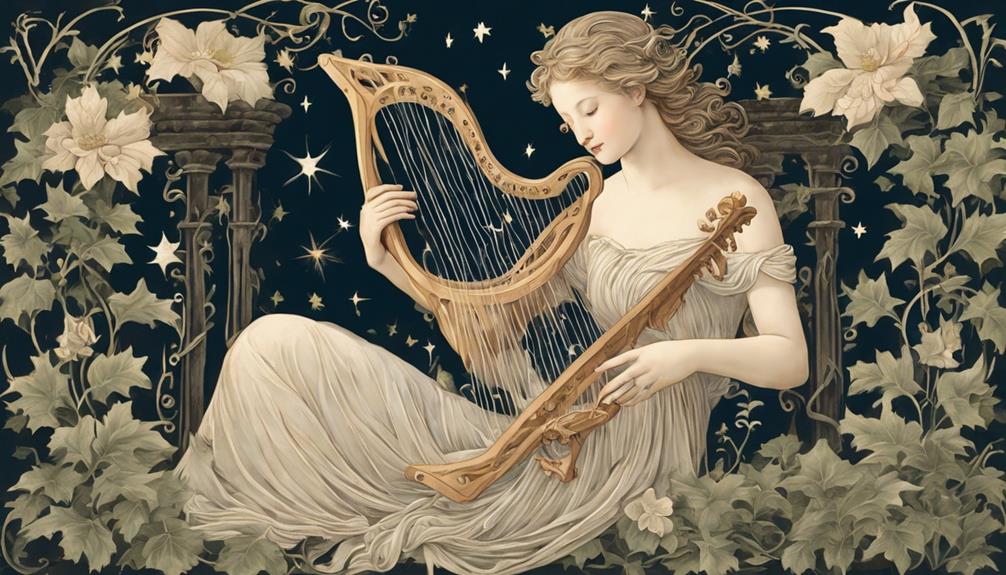
In the domain of odes, figurative language emerges as a masterful tool, allowing poets to craft a rich tapestry of meaning that envelops you, the reader, in a world of vivid imagery and nuanced emotion. As you explore the world of odes, you’ll discover that figurative language is woven into the fabric of the poem, inviting you to experience the subject matter in a multisensory way. Sensory symbolism plays a pivotal role, as poets employ metaphors, similes, and personification to evoke a visceral response. The sonic splendor of odes is equally enthralling, with alliteration, assonance, and consonance combining to create a symphony of sound that resonates deep within you. Through the strategic use of figurative language, poets are able to convey complex emotions and ideas, elevating the ode from a mere tribute to a transcendent experience. As you navigate the world of odes, pay attention to how figurative language is used to create a rich, immersive environment that draws you in and refuses to let go.
Poetic Devices of Exaltation

As you’ve witnessed the mastery of figurative language in odes, you’re now poised to explore the poetic devices that elevate the subject to an exalted domain, where the poet’s artistry converges with the sublime. These devices, carefully crafted to evoke a sense of reverence, transform the ode into a sonic splendor that resonates deeply with the reader. One of the primary devices employed is rhythmic reverence, where the poet carefully calibrates the meter and line length to create a sense of solemnity and grandeur. This rhythmic reverence serves to underscore the ode’s themes, imbuing them with an aura of timelessness and universality. By skillfully deploying these poetic devices, the poet is able to transcend the mundane, elevating the subject to an Olympian domain where the language itself becomes an act of worship. As you explore further into the world of odes, you’ll discover how these devices, in tandem with figurative language, create a symphony of praise that echoes through the ages.
Elevating the Mundane to Sublime

During those rare moments when the poet’s artistry converges with the sublime, you’ll find that even the most mundane subjects are elevated to an exalted domain, where the ordinary becomes extraordinary and the language itself transcends the pedestrian. This convergence is particularly evident in odes, where daily rituals, once mundane, are infused with a sense of sacredness found. The poet’s masterful hand transforms the quotidian into a sphere of reverence, where the language is elevated to an almost liturgical cadence. In this rarefied atmosphere, the reader is invited to partake in the poet’s vision, where the base metal of everyday life is transmuted into gold. As you explore further into the ode, you’ll discover that the poet’s artistry has transcended the mundane, imbuing the ordinary with an aura of the sublime, rendering the familiar strange, and the pedestrian, sacred.
Frequently Asked Questions
Can Odes Be Written in Free Verse or Only in Formal Structures?
As you ponder the possibilities of odes, you may wonder if they’re bound to traditional forms or can flourish in free verse. The answer lies in the delicate balance between formal constraints and poetic freedom. While classical odes adhered to strict structures, modern adaptations can indeed embrace free verse, allowing the poet’s voice to soar unhindered. Yet, even in liberation, the essence of the ode remains – a tribute to the power of language, elevated and expressive.
Are Odes Limited to Praising People or Can They Praise Objects Too?
As you ponder the domain of odes, a world of possibilities unfolds. Can these poetic tributes be confined to praising mere mortals, or can they also extol the virtues of inanimate objects? The answer lies in the domain of poetic liberties, where object adoration knows no bounds. You’ll find that odes can elegantly elevate even the humblest of objects, transforming them into beacons of beauty and significance.
Can Odes Be Written in Languages Other Than Ancient Greek?
As you ponder the possibilities of odes, you may wonder if they’re confined to ancient Greek. The answer lies in embracing linguistic diversity. Odes can indeed be written in languages other than ancient Greek, allowing for cultural relevance and authenticity. This freedom enables you to craft odes that resonate with diverse audiences, celebrating universal themes and emotions that transcend linguistic boundaries.
Are Odes Only Written by Professional Poets or Can Anyone Write One?
As you ponder the world of odes, you might wonder: are they the exclusive domain of professional poets? The truth is, poetic inspiration can strike anyone, regardless of their profession. It’s the everyday voices, not just trained bards, that can craft odes that resonate. You, too, can tap into your creativity and write an ode that echoes with emotion and sincerity, proving that the art of ode-writing is accessible to all, not just the literary elite.
Can Odes Be Used to Express Negative Emotions Like Anger or Sadness?
As you ponder the possibility of odes conveying negative emotions, consider the inherent emotional intensity of the form. Can the elevated language and themes of praise be turned on their head to express anger or sadness? Indeed, the melancholic refrain of an ode can be a powerful vehicle for exploring the darker corners of the human experience. You might find that the structured form actually amplifies the emotional impact, creating a haunting beauty that resonates deeply.
